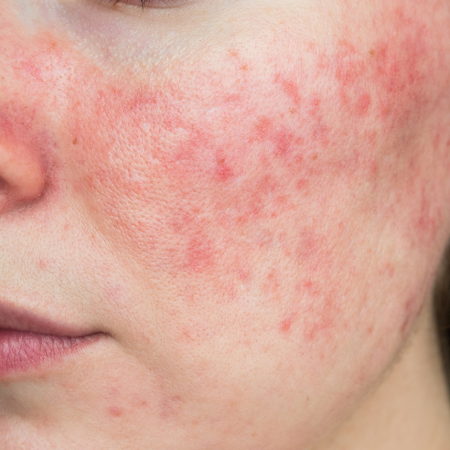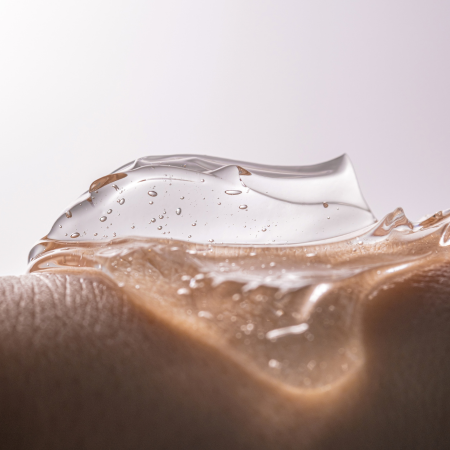Differences and Similarities Between Mini Facelift and Facelift Treatment
When you think of facial rejuvenation procedures, you probably think of plastic surgery, facelifts, mini facelifts, and other similar treatments. After all, these procedures are frequently recommended as effective ways to make someone appear younger.
However, it is not always clear which procedure is best for you and what it entails. For example, not everyone is a good candidate for a full facelift. On the other hand, some patients may feel that a mini-facelift is insufficient for their needs and would prefer something more aggressive than dermal fillers or chemical peels.
We will explain some of the most significant differences between mini-facelift and traditional facelift treatment and advise on which one may be more appropriate to rejuvenate your facial skin, so you can make an informed decision on what is best for you.
What Is a Mini Facelift?
A limited incision facelift, also known as a mini facelift, is a less invasive alternative to a traditional facelift. It is a cosmetic surgery that involves tightening and removing excess fat from under the chin by lifting the loose skin on the face from below the jawline with tiny stitches. The neck muscles are then tightened to prevent sagging. Finally, wrinkles around the eyes and mouth can be smoothed out with other injectables to make you appear younger.
What to Expect in a Mini Facelift
Your surgeon will make small incisions around the hairline, at the temples, in front of the ear, or within the lower eyelid during a mini facelift. Through these incisions, your surgeon will gain access to the underlying connective facial tissues and muscles in order to tighten them. Excess skin may be removed in some cases. Sutures are used to close the incisions, which will dissolve on their own over time. Sutures are typically hidden in your hair.
Some people may experience bruising for up to two weeks after surgery, but swelling should subside within two days, and bruising can last up to six weeks. After two weeks, it is usually possible to resume normal daily activities. However, you will not see the full effects of your treatment for up to six months.
What is Facelift Treatment?
A facelift, also known as rhytidectomy, is a surgical procedure used to improve visible aging signs in the face and neck. Face lift surgery tightens the skin around the face and neck to create a more youthful appearance. Typically, the incisions are made in front of and behind the ear, extending into the hairline. It takes about four to six weeks to recover from facial rejuvenation surgery.
What to Expect in a Facelift Treatment
When you come in for a facelift treatment, plastic surgeons will first discuss your goals with you. They will then evaluate your skin type and condition to determine whether a facelift is the best treatment for you. If so, they will explain what to expect during and after the procedure.
The entire process usually takes about two hours, but the results are visible right away. There will be swelling and bruising around your eyes, which should go away in a few days or weeks. You may also feel numbness on one side of your face or neck for up to three months.
Numbness on both sides of your face or neck may occur on rare occasions and last up to six months. A facial nerve injury could be to blame. However, depending on how long you recover after surgery, you may need to take some time off work.
The Benefits of a Facelift
Facelift surgery has several advantages. Lifting drooping skin is one of the primary reasons for a facelift. It can also tighten muscles that have become slack due to the aging process or weight loss. It can help reduce wrinkles on the face and neck, as well as increase skin elasticity around the eyes, mouth, and jawline. People may have facelift surgery if they believe it will boost their confidence. Other advantages include
- It can help improve your facial muscles' function, making it easier to eat and talk.
- The procedure can be customized to your needs to get the desired results.
- You can undergo other minor procedures during facelift surgery, such as eyelid treatment or a brow lift.
FAQs
Q. How much does it cost to do a facelift?
A. On average, a mini facelift costs between $3,000 and $8,000, while a complete facelift can cost anywhere from $15,000 to $30,000. The amount of skin removed is the primary distinction between the two procedures. A "mini facelift" removes skin from only the lower half of the face, whereas a "complete facelift" removes skin from the entire face.
Q. How long does a facelift last?
A. Facelifts can last between five and ten years, depending on the person's skin type, age, and lifestyle. A mini facelift lasts five years on average, while a full facelift lasts seven years on average.
Q. How painful is a facelift?
A. Every patient feels pain differently. Pain medication can help you manage any pain or discomfort. Most people are able to resume normal activities within a week or two.
The MINT™ PDO Threads Can Restore Your Youthful Facial Look
However, for patients who are not ready for surgical options, PDO threads could be their next option to restore a youthful facial look! PDO thread facelifts are a great option for many because they are less invasive than surgery, require minimal less recovery time, and have minimal side effects.
That said, for the best possible result, you should consider using MINT™ PDO threads. They are the perfect choice for those who don't want something too conservative but effective enough in eliminating sagging skin on the neck, jowls, and chin area without affecting one's natural facial features such as nose, lips, cheeks, or eyes. If you're interested in learning more about our products and trainings, contact us today!


Sign up for Newsletter
Get the latest updates, events, sales, training opportunities and more on MINT™ PDO!
Sign up for Newsletter
Thank you for signing up for our newsletter! You will be the first to know about new releases, events, giveaways, and special projects!
Please try again later.
Disclaimer: This site is intended for healthcare professionals who have received proper education on the use of cosmetic sutures. MINT™ PDO products are subject to regulation by the U.S. Food and Drug Administration and state and local regulatory agencies [FDA Clearance (K130191, K192423, K220549). The information on this site does not, and cannot, provide medical advice and is for general informational purposes only. If you are a patient it is important to discuss health information with your doctor. Individual results may vary. Hans Biomed’s provision of products, training, or other services to a medical provider, or the listing of a medical provider as using Hans Biomed products or services, including training, does not constitute Hans Biomed’s endorsement, representation of assurance regarding the medical provider’s qualifications, skills or experience, or affiliation. Medical providers are independent of Hans Biomed and subject to their jurisdiction’s licensing requirements. Hans Biomed assumes no liability for services provided by any medical provider. Patients are advised to independently investigate the qualifications of any medical provider. Hans Biomed provision of products, training or other services to medical providers is not intended, in any way, as the practice of medicine. Hans Biomed product information in any website, product brochure, or in response to any patient inquiry is intended for informational purposes only and makes no guarantee regarding any medical procedure. Decisions whether to use Hans Biomed’s products or their appropriateness for use should be done in consultation with one’s medical provider.
© Copyright 2025 | All Rights Reserved | MINT™ PDO


